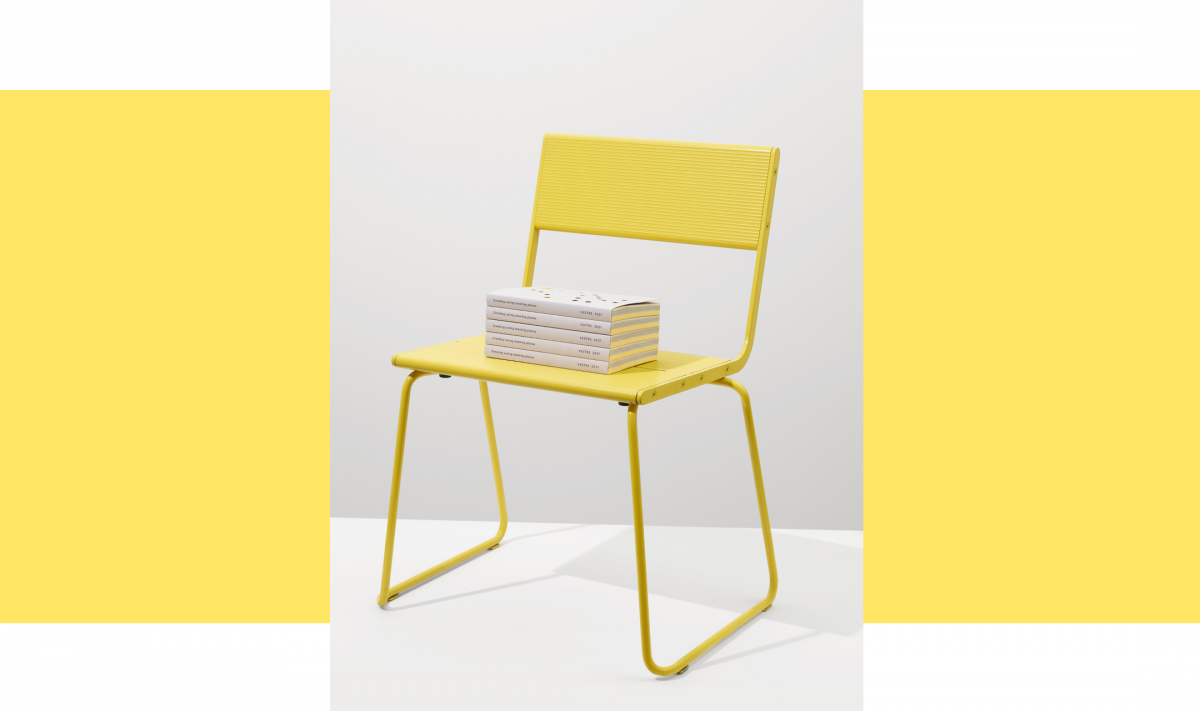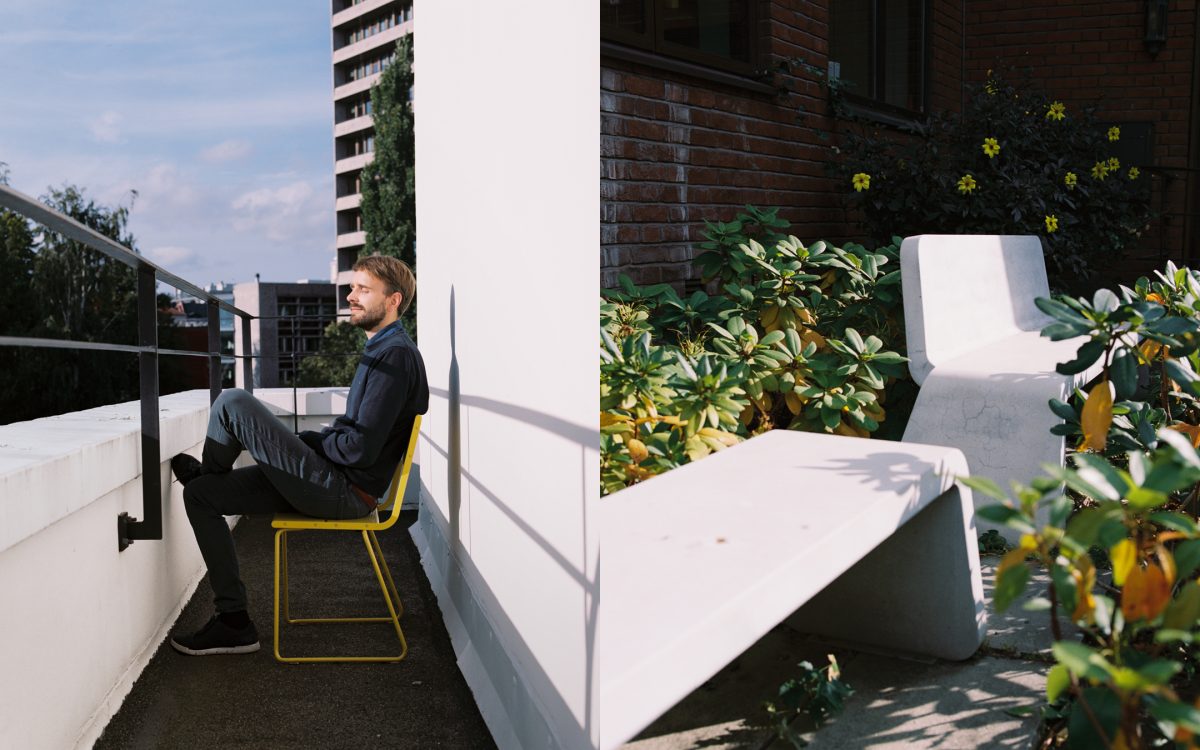
Environmental product declarations (EPD) tell the truth about a specific product. It is an honest and transparent way of showing what the product is made of, resources, climate footprint, energy consumption, and so on. It is also a simple way of comparing products, like one chair to another, by how many kilogrammes of CO2 were produced and how much energy was needed for manufacturing.
Eleven years ago, Norwegian Vestre became the first carbon-neutral furniture brand in the world, four years ago they launched the world’s first Swan labelled outdoor furniture, and last year they launched the world’s first bench made from recycled ownerless ocean plastic. This year, they become the first furniture brand in the world to publish their climate- and energy footprint — EPDs — on their entire product collection, explained further here.
— We truly have no secrets, we share everything with anyone. In that way, we can contribute to accelerating the green transition by inspiring others and challenging ourselves every minute and every second. We hope that the application of EPDs in our catalogue helps educate people, says Jan Christian Vestre.

What was the hardest challenge when doing it?
— To be able to show data on all products, we had to do an immense job in-house, calculating all products. This is of course very time-consuming to go through all products properly, but our amazing team made it in 6 months on top of all their other day-to-day tasks. I often hear from other big companies that a process like this takes too much time, costs too much money, all kinds of explanations why it never happens — instead of just doing it. If we can, so can others. Stop talking and start acting. We are happy to share our experience and best practices with everyone, even our competitors. That’s how we push the world forward, together.
Will this become an industry-standard in the future?
— Yes, I am 100 % sure. And it should happen! I really hope the design industry can step up and act like front runners and real leaders. This will be regulated by law within 5–10 years, so let’s move ahead in advance because we can, rather than be forced to it.
How does this contribute to better living?
— Making the environmental impact visible on all products can only lead to more sustainable and conscious decisions in the buying process. EPDs also act as a tool for education. If companies were to understand how fast this green shift needs to change — it’s already happening — the transition of making carbon footprint visible would accelerate. In a few years, we believe and hope that the impact covered by the EPDs will be standard to include in all public procurements, Vestre concludes.
This is #1 on our list with 25 Innovations for better living from Scandinavian MIND Issue 2
2. Unique Bio2 textile can make a change in our polluted world
3. Patented technology can turn the eyewear industry circular
4. Filtration technology saves you from hidden pollution at home
5. This Swedish collective launches line with skincare for objects
6. Powder to liquid wash can change personal care as we know it
7. This household product line cleans with all-natural sugar surfactants
8. Spinnova’s textile fibre might be the world’s most groundbreaking
9. Here’s how AI can be used to create your ultimate personal scent
10. Design brand Verk takes local production one — big — step further


